These women are learning how to walk with ease and grace. But first, they need to get in touch with their bodies when they’re lying down. How their shoulders, hips, and heels feel against the floor. What happens when they move something.
Their instructor Lee McAlaney explains that subtle, simple changes or movements can make a big difference. She’s a neuromuscular reeducator, meaning she helps people improve their balance, coordination, and posture by putting them in touch with how their bodies move in space.
I recently attended one of Lee’s awareness through movement classes. “It’s verbal guided instruction on being aware of how you move, how you feel, your balance, and your environment around you,” she explained. “It’s really getting in touch with your sense of what’s comfortable for you, what is easy, how to do less and how to listen and become more aware of how you move.”
Feldenkrais
The modality Lee uses to teach her movement classes is called Feldenkrais. The Feldenkrais Method is named after the man who invented it: Moshe Feldenkrais. Dr. Feldenkrais died in 1984 at the age of 80. According to the Feldenkrais Guild of North America, he was a Russian born physicist, judo expert, mechanical engineer, and educator.
There are two forms of Feldenkrais:
- Functional integration: The practitioner works one-on-one with the client and uses a gentle hands-on approach to work on the nervous system and change habits and behavior. (I’ll do a blog post on this approach in the near future.)
- Awareness through movement classes
In both cases, the Feldenkrais Method uses gentle movements and directed attention to help people increase their range of motion and improve flexibility and coordination. My brother-in-law Bill, who is a carpenter and has degenerative disc disease in his neck, swears by Feldenkrais. “My neck, back, and arms were always hurting. The instructor taught me certain movements. After each session I always felt 100% better — it even cleared my head.”
In Lee’s class, after we did some movements on the floor, we stood up and walked around. As we did when we were lying down, she asked us to pay attention to how it felt when our foot touched the floor, for instance. She would have us add subtle movements — lift one arm up, then turn your shoulder ever so slightly. Did we notice anything different? Was it easier to move? More difficult?
“In this class, you’re learning how to walk with grace and ease,” said Lee. “It’s really about when we walk what we notice, how we feel and then what we can change and how we can change that. What are the tools we have to change that?”
We all have a different way of moving and holding ourselves when we walk. I discovered that when I paid attention to the subtle swing of my shoulders when I took a step I felt more in control and also more graceful. There was a rhythm that I’d never really noticed before. I liked it.
How we move and hold ourselves may also depend on the situation. When you’re walking on ice you might tighten up because you’re afraid of falling. “As a result, your whole body will tighten up and restrict,” Lee explained. “And, therefore, you’re not going to be as flexible if you do fall and you’ll hurt yourself. You can learn how to be careful but move without tightening up and worrying about falling. You can learn how to relax.”
Lee’s Feldenkrais movement class
If you’re interested and live in the Naples, Maine area, check out Lee’s movement class at the Fountain of You, 703 Roosevelt Trail in Naples, Saturday mornings at 9:45. There are still spaces available. Contact Fountain of You for more information.


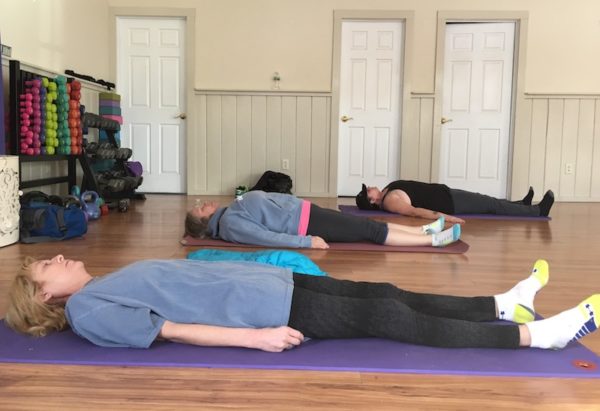
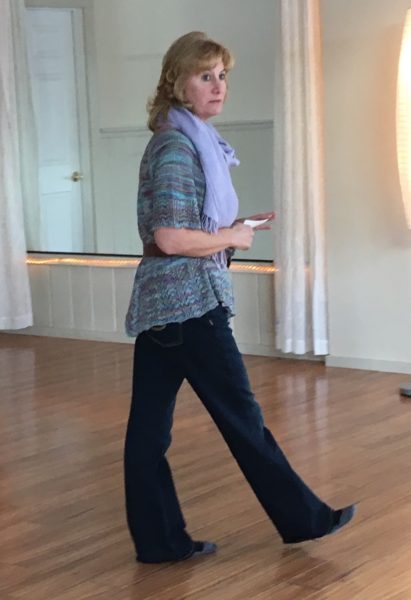
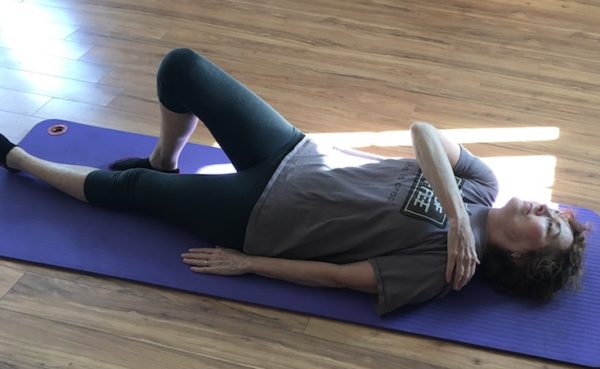
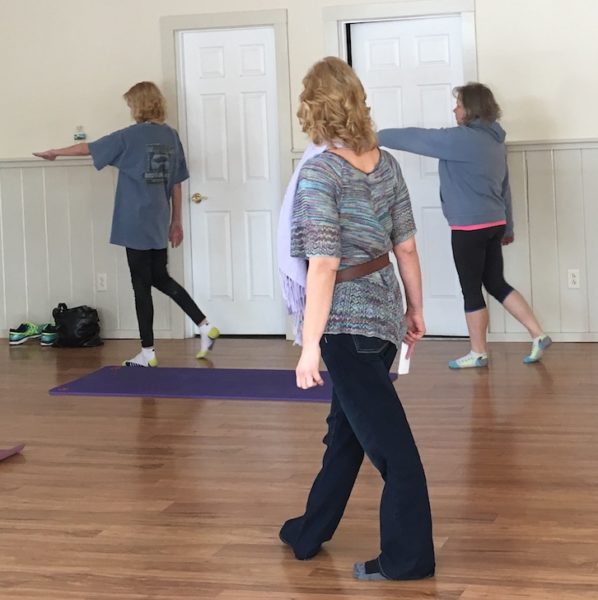
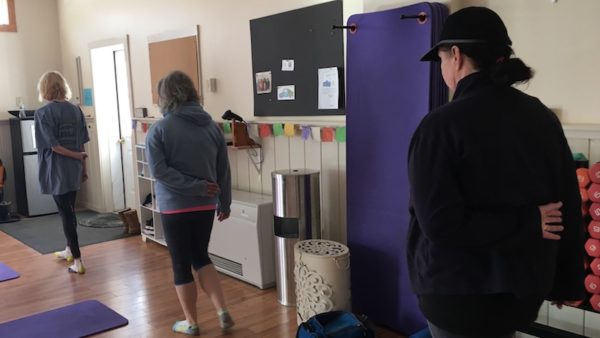
Leave A Comment